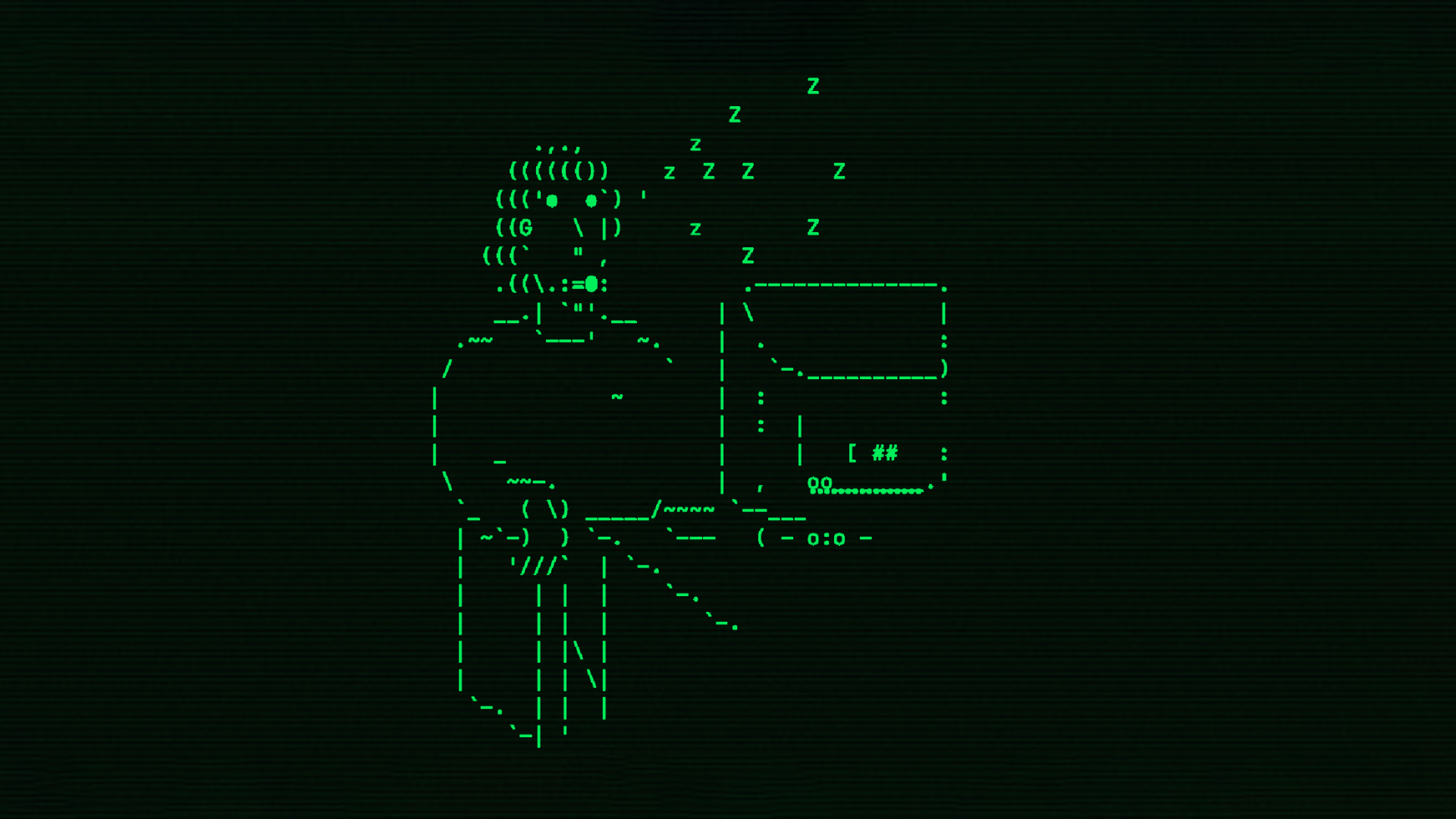- Category
- Anti-Fake
Here Are 5 Ways You Can Spot a Russian Bot (And Not Only Russian)

Russian “bot” farms are paying individuals to spread misinformation and misguide Western audiences using the same pretext as the old KGB’s principles of “active measures,” which was the name used for disinformation campaigns during Soviet times.
The word “disinformation” was picked by Stalin in order to sound French, therefore making the practice have a Western root, rather than being linked to the Soviet Union. KGB officers had a big incentive to spend a significant amount of effort in order to plan these active measures. You might have heard of some of those campaigns, like when the KGB invented a rumor that the HIV virus was developed by the US government and then printed the article in neutral countries during the Cold War including: India, Kuwait, Iran, Sweden and Finland in order to spread mistrust with the US and its allies.
Now using the internet, Russia promotes its campaigns by using bot “brigades”, employed initially by the Internet Research Agency which was run by Yevgeny Prigozhin. They also employ Western sympathizers who live in Russia as well as Russians with vast knowledge of English and other languages in order to appeal to Western audiences. To spot a Russian bot, or any automated account engaging in spreading disinformation, propaganda, or other types of manipulation attempts, look for these tell-tale signs:
1. Examine the Profile
Profile Picture: Investigate the profile picture to determine if it is a stock photo or an image taken from other sources. Use reverse image search tools like Google Images or TinEye to see if the picture appears on multiple websites. Bots often use stolen or generic images to create a semblance of authenticity.
Username: Analyze the username for patterns that are typical of bots, such as a string of random numbers or letters that don't form coherent words. For example, usernames like "Fred123456" or "John_xyz_987" are often used by bots.
Account Age: Check the account creation date. Bots frequently have accounts that were created recently or right after February 2022. If an account has a creation date within the past few months but is highly active, it could be a red flag.
Bio and Profile Details: Look at the bio and other profile information. Bots often have minimal, incomplete, or generic bios. A lack of personal details or overly broad statements can be suspicious.
2. Observe Behavioral Patterns
Posting Rate: Examine the frequency of posts. Bots tend to post at an abnormally high rate, sometimes continuously throughout the day and night, which is unusual for a human user.
Content Repetition: Look for patterns of repetitive posting. Bots often share the same message or similar content repeatedly across different times and platforms. This can include retweeting the same post multiple times or posting identical comments on various posts.
Engagement Levels: Analyze the engagement on posts. While bots might have a high number of likes or retweets, these interactions often come from other bots. Genuine interaction, such as meaningful comments or discussions, is usually limited.
3. Analyze the Content
Language and Grammar: Pay attention to the quality of language and grammar. Bots frequently exhibit poor grammar, awkward phrasing, or inconsistent language use due to automated content generation.
Focus on Topics and Hashtags: Notice the topics and hashtags being used. Bots often focus on specific issues, particularly those that are political or divisive. They might frequently use trending or politically charged hashtags to amplify their reach.
Links and Sources: Scrutinize the links and sources shared by the account. Bots often link to dubious or low-credibility websites. Verify the reliability of the sources and look for patterns of sharing misleading or inflammatory content.
4. Study Network Connections
Followers and Following: Examine the ratio of followers to following. Bots typically follow many accounts but have relatively few followers and consistently follow Russian propagandists. A disproportionate follower-to-following ratio can be a sign of a bot.
Connection Patterns: Investigate the network of connections. Bots are often part of a larger network and will follow, be followed by, or interact with other bots. If many of an account’s interactions are with other suspicious accounts, it might indicate a bot network.
5. Utilize Third-Party Tools
Bot Detection Tools: Use specialized tools like Botometer, which can analyze Twitter accounts and estimate the likelihood of them being bots. These tools use various metrics and machine learning algorithms to assess account behavior.
Browser Extensions: Consider installing browser extensions designed to detect bots. These extensions analyze account activity, engagement patterns, and network connections to identify potential bots.
What is the Goal?
The existence of such profiles isn’t exclusively to promote Russian biases but primarily to sow division and create chaos among Western audiences while softly, or sometimes overtly, showing sympathy for Russia and its allies. Through sheer volume of misinformation against the most vulnerable public who are unfamiliar with technology, these bot farms attempt to create a veneer of credibility—the idea being strength in numbers. Those individuals or bots are everywhere in social media, spreading lies.
If Russia thinks it has the moral high ground over its enemies, why does it need to lie and spend resources to lie and spread misinformation?
-3de630b2445a6fdd697b9180968cec75.jpeg)

-46f6afa2f66d31ff3df8ea1a8f5524ec.jpg)
-8ddd9e24f95bb9d73d6d11d75f774999.png)
-29a1a43aba23f9bb779a1ac8b98d2121.jpeg)
-283d77c1379d612e6f72cf1b6de7dacb.png)
